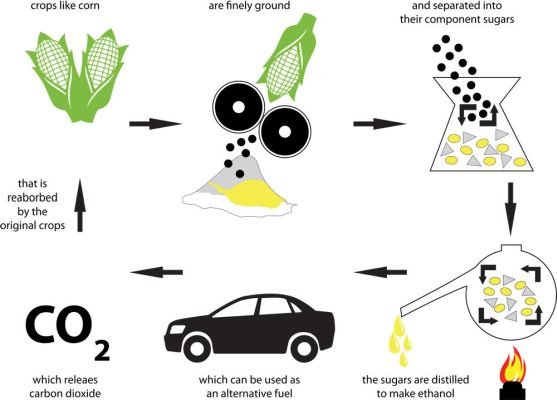India has taken significant strides by tapping into its renewable energy sources and technology to cut its carbon footprint. Over the last few years, the nation has witnessed a tectonic shift in its transport sector with the introduction of bio-fuels like ethanol that are indigenous, non-polluting and renewable.
It is projected that CO2 emissions can be reduced up to 10.41 million ton CO2 by 2021-2022 at a 20 per cent blending rate of ethanol. Over the last 3 years, India’s crude oil imports have been steadily rising, with the country importing more than 80 per cent of its crude oil demand through imports.
However, India still hasn’t managed to achieve a blending rate of even 5 per cent for ethanol. In 2017-18, India is expected to produce 2,900 million liters of ethanol, of which 55 per cent (1,600 million liters) is expected to be used for fuel blending purposes. This against a demand of 3,130 million liters as set by oil marketing companies.
If the supplies are as stated above, India could achieve an average blend rate of 5.1 per cent, and there is also demand from the competing chemicals and potable alcohol sectors, which must be taken into account.
While first generation bio-fuels are made from sugars via molasses, advanced bio-fuels are made from lignocellulosic biomass or woody crops, and agricultural residues. While shifting the gears from first generation to second generation is a positive move.
Even as plans are being made and MoUs signed for bio-refinery plants to be rolled out in the country to facilitate 2G ethanol, it is the country’s upcoming national policy on bio-fuels, which will set the pace for future action.
India must ensure that the focus remains solely on ensuring an increased ethanol blend rate in order to reap its environmental benefits. Similarly, it is also expected that oil marketing companies will provide an offtake guarantee for 2G ethanol for a period of 15 years. Besides this, with India recently signing the Biofuture Declaration at UNFCCC Conference in Bonn, Germany, in November 2017, international collaborations with foreign players is also set to be ramped up.
Thus, while there is huge potential for India’s domestic bio-fuels sector, India must learn from the experiences of other bio-fuel economies and hope to stabilise its ethanol blend rate in order to maintain a sustained level of growth.






